The Island of Malta is also called an archipelago located in the quiet and beautiful Mediterranean sea and bright blue skies. It consists of the three principal islands of Comino, Gozo, and Malta. This small but densely populated country has carved out a niche for itself thanks to the recent rise in the tourism industry and improved transport conditions. If you are interested to explore the best places to visit in Malta, we have compiled 12 best of them.
It is listed as one of the best locations to visit in 2018 due to the year-round sea and bright climate. This travel guide to Malta will walk you through the most well-known, essential, and desirable locations to see. The island’s magnificent prehistoric structures and mediaeval buildings combine to give it a mystical enchantment.
This tiny island is home to some of the oldest cathedrals and museums in the world. It is regarded by historians as a fantastic location to study about the Vikings and previous kings. The city offers a distinctive and extensive gastronomic experience because it turns out to be a melting pot of several ethnicities.
The distinctive cuisine of Malta is highly enjoyable for food lovers because it incorporates flavours from all the nations that are close by as well as some ancient civilizations that are today a part of Malta.
Malta’s sun-kissed beaches are lined with a variety of family-friendly attractions. With its lovely locations set against the palm tree-lined terrain, the city is a feast for the senses. The nation lives up to its reputation for providing leisurely vacations. Here is a list of the top 12 best places to visit in Malta so you won’t miss out on the best experiences the nation has to offer.
Valletta – The capital city of Malta
Valletta, the capital of Malta and one of the island’s attractions, was founded in the 1500s. A visit to Valletta is a must on any vacation to Malta because it is one of the most historically authentic capital cities in all of Europe. The city occupies a size of just one square kilometre.
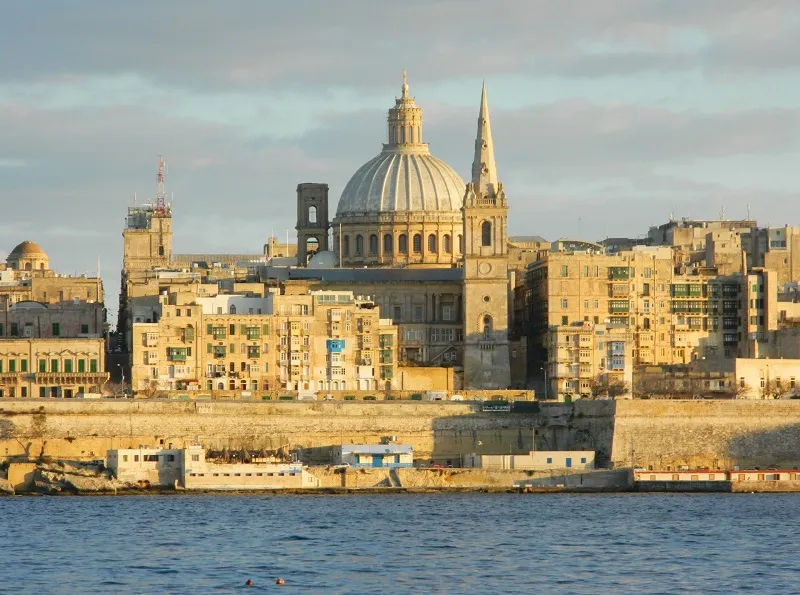
The town bears the name of its revered founder, Jean Parisot de la Valette, Grand Master of the Order of St. John. Despite its diminutive size, Valletta is crammed with historically significant locations and structures that date back to the 16th century.
UNESCO identifies it as “one of the most historic locations in the world” on its World Heritage website. The city stands as a proud remembrance of the Knights of Malta, who in 1530 were awarded the Maltese islands by King Ferdinand of Spain.
Mdina and Rabat – the old capital and silent city of Malta
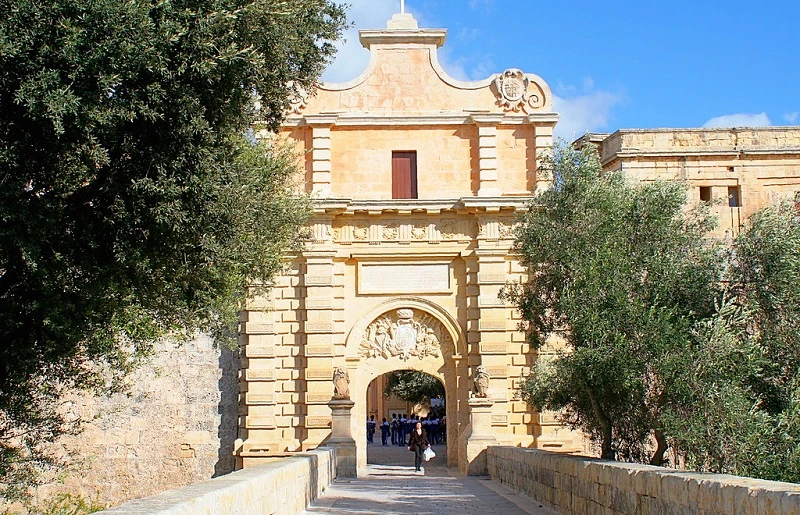
This historic capital of Malta, also referred to as the Silent City, dominates the landscape’s skyline. A remarkable fusion of baroque and mediaeval architecture can be found in this walled mediaeval town that is surrounded by bastions.
The Cathedral of the Conversion of St. Paul is the most significant of the many stunning churches and cathedrals that this small town is renowned for. The village appears to have stood still in time due to its hilltop location and its disappearing lanes. St. Paul’s Cathedral, the National Museum of Natural History, the National Aquarium, and Palazzo Falson (Norman House) are just a few of the attractions nearby.
Mdina served as Malta’s previous capital before Valetta was given that status. There is evidence that the city has existed on the island for a very long period because it is an impressive ancient walled city for the aristocracy that dates back to 60 A.D.
While strolling around Mdina’s cobblestone streets and breathing in the city’s uplifting energy. The entire city will transport you back in time, or at least gives you the impression that it will. It is undoubtedly one of Malta’s must-see locations.
St. Julian’s and Paceville
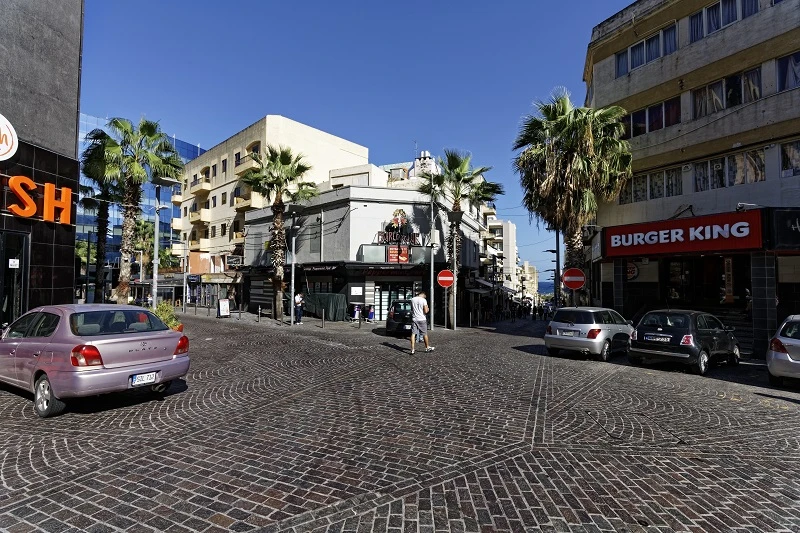
Paceville and St. Julian’s are relatively close to one another and may be reached by simple strolling. Both of these areas are conveniently situated while also enjoying a lovely setting near to some amazing beaches. When you stay here, you’re never more than a short stroll from the pubs, the beach, and all else that nightlife has to offer. It’s no surprise that thousands of visitors choose to stay in this area of the island each year given its great location.
St. Julian’s and Paceville, the area where life happens after 10 p.m., are just 9 miles from Valletta, the capital of Malta. Most tourists gather here for some fun, making it maybe the busiest area on the entire island.
St. Julian’s comes alive with travellers from all over the world at night, whether they are there to practise their English or are just passing through, like myself. Your demands will undoubtedly be met with no trouble at any of the several unique taverns and eateries that are available.
Marsaxlokk – A traditional fishing Village
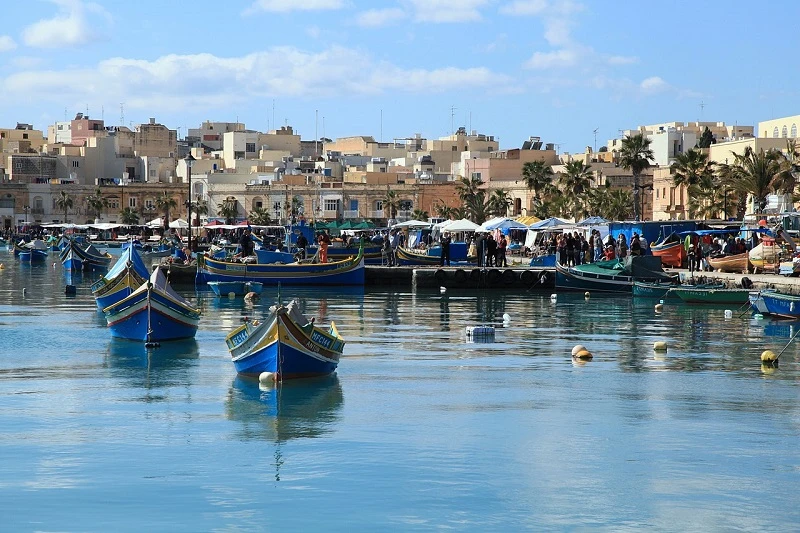
Marsaxlokk, a fishing community on the southern coast of the island, is home to a large number of brightly painted boats and the stunning Mediterranean Sea. The Sunday fish market must be visited, but you must there early.
It is worth it, so it should be on your list of things to do in Malta. Additionally, Marsaxlokk is a stunning seaside location that you won’t regret visiting; therefore, you should go there on a Sunday when you may observe local fishermen hauling in their day’s catch.
Popeyes Village
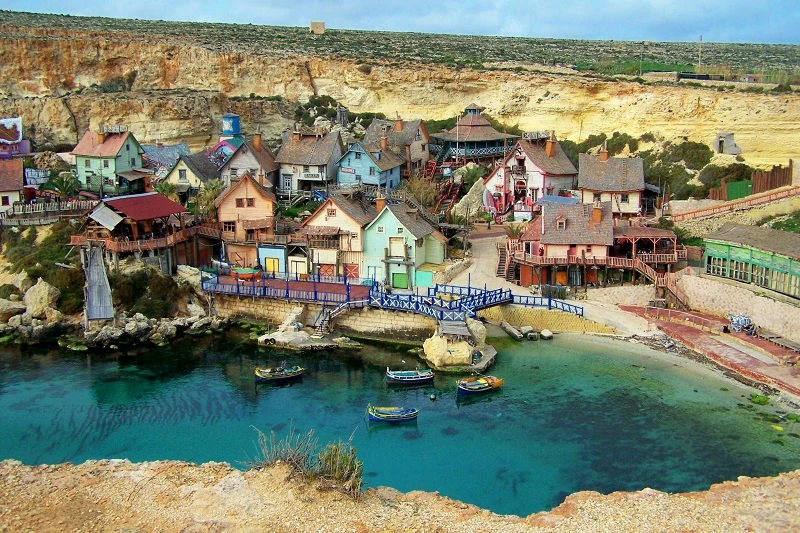
For a family with young children, Popeye Village, also known as Sweethaven Village, is the best location. It is located right outside Mellieha Bay, making Malta a fantastic destination to visit before, after, or while spending time at the beach.
The Village is the real location where Paramount Pictures and Walt Disney Productions filmed the well-known comic strips adapted from the E.C. Segar feature. There are several attractions in the village that are appropriate for each season. Playing pool, boat cruises, and water trampolines are popular summer activities. Popeyes Village in Malta welcomes adults who, deep down, are still children.
Comino Island
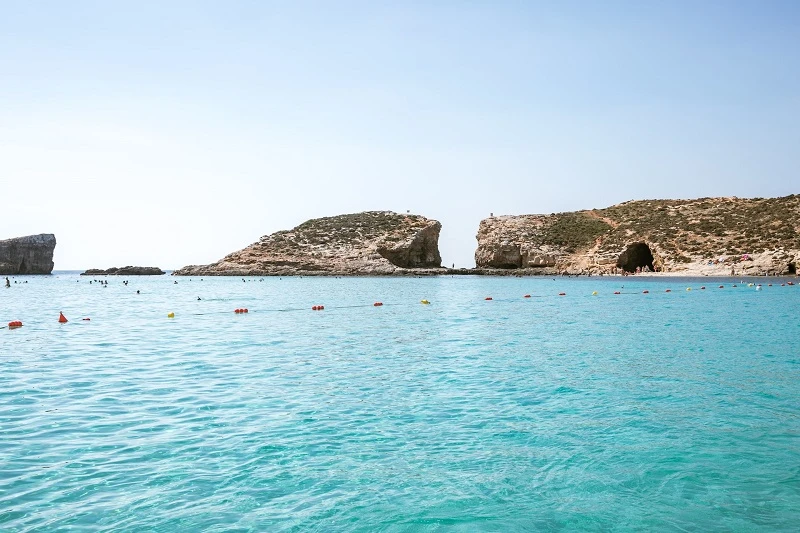
Comino Island is one of Malta’s nicest locations. One of Malta’s attractions is the entire island, which is a gem in itself. you should get a spot on a party boat where the entrance fee includes access to an open bar.There are no people living on the tiny, 3.5 sq. km. island that lies between Malta and Gozo. You can travel there by boat, but you aren’t allowed to spend the night there unless you book a room at the sole hotel on the island that is open for business. Due to almost missing the boat back, I nearly spent the night at Comino! Good times.
Anyway, Malta is famed for the Blue Lagoon, the stunning clear Mediterranean seas with a luscious turquoise colour that would not only make your soul happy but also the mermaid in you because you can swim there, so bring your swimming suits.
Gozo island
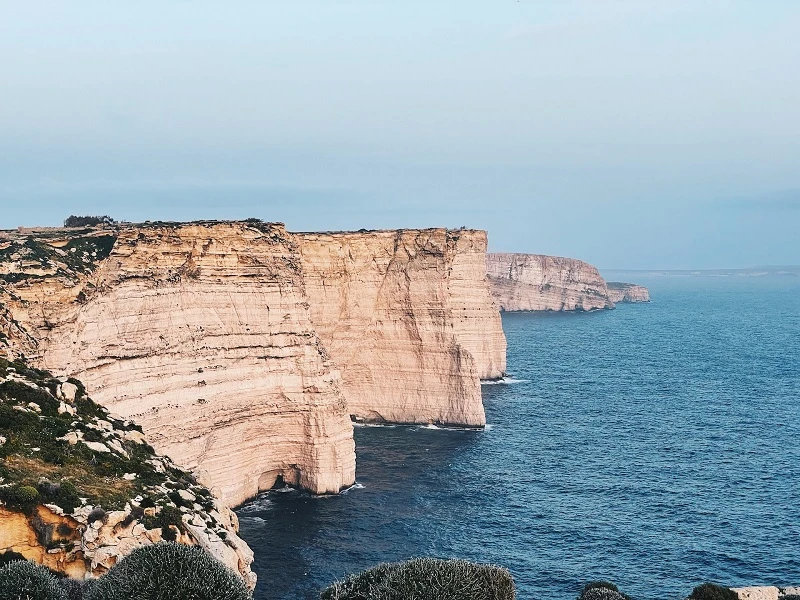
A small, undeveloped island named the “Island of Gozo” is located north of the Maltese island and is better renowned for its wild beaches and agricultural setting. It is the ideal location for vacation enjoyment and relaxation while yet getting to know Malta’s cultural highlights.
Gozo island, which has a pastoral scenery, white beaches, and peaceful villages with narrow roads, is arguably the most idyllic of the Maltese Islands.
With its slower tempo, rhythmic music, greenery, and fishing at its centre, Gozo Island is a reflection of how Malta used to be in the past. The Citadella, Ggantija Temples, Ta’ Pinu Sanctuary, and the Dwejra region are some of Gozo’s must-see sights.
The Azure Window, which became well-known during Daenerys and Khal Drogo’s wedding in the Game of Throne series, is what makes Gozo renowned. Cirkewwa on the Island of Malta serves as the ferry terminal for the Island of Gozo.
The Blue Grotto
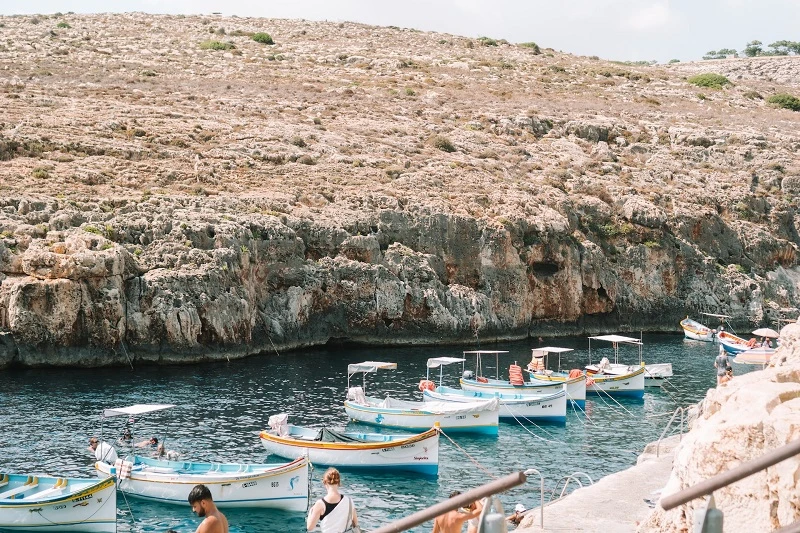
The Blue Grotto is just another of Malta’s most stunning and magnificent vistas. It is a collection of marine caverns on the south coast of the main island that draw hundreds of tourists throughout the entire year.
Any nature lover will be in their element when they see the breathtaking shoreline and its unspoiled surroundings. The dazzling sunlight that streams through the tunnels and illuminates the fascinating phosphorescent underwater marine life gives the sea its vivid blue hue.
The sea has an unusually vivid blue colour because of the peculiar chemical composition of the water in the Grotto, which contains several different minerals. You can see every rock and shell at the bottom because it is so pure. The ocean is around four to five metres deep. You may simply charter a guided boat and take in the traditional, vibrant luzzus fish boats.
Hal Saflieni Hypogeum
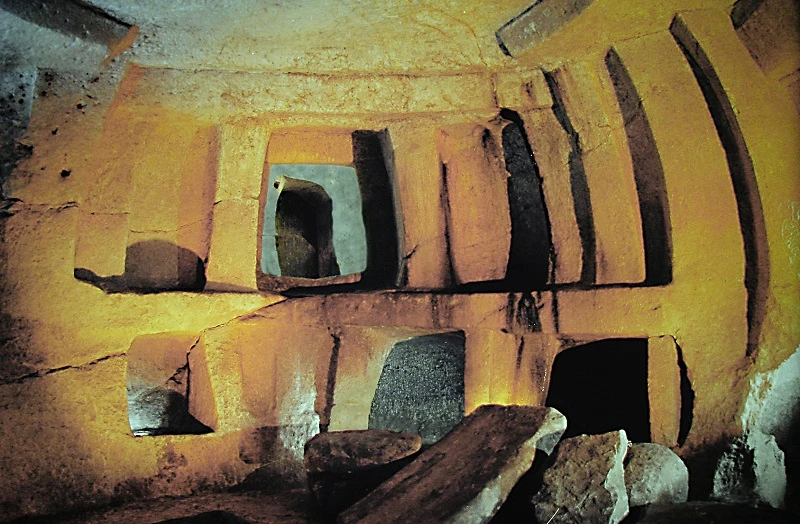
In 2500 B.C., the Hypogeum was excavated utilising cyclopean rigging to raise large limestone stones. It was a massive building with 500 square metres of perfectly carved out of the rock halls, chambers, and corridors.
The skeletons of about 7,000 persons were uncovered close to the interior chambers at the entrance, dating from 3600 BC to 3000 BC. Only six skulls remain in existence today.
According to reports, just half of its entrance has been found, and the remaining proportions are still unknown. Many historians continue to find the Hal Saflieni Hypogeum to be a popular Malta attraction. The archaeologists were able to gather a lot of information about many human bones throughout the dig.
They appear to imply that there were numerous steps involved in the burial ceremony. Regarding the artefacts gathered there, the region was very wealthy. Among these relics were ceramic containers with exquisitely detailed carvings, sculpted animals and birds, as well as beads and amulets.
Dingli Cliffs
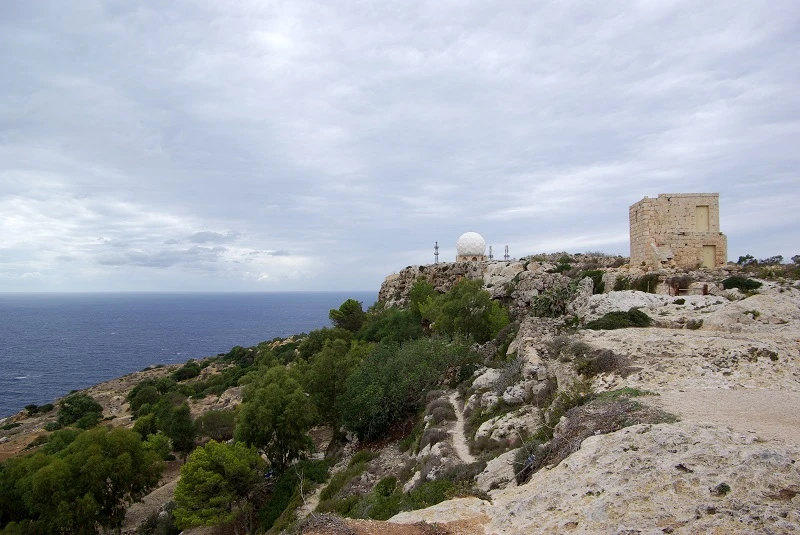
The small cliff located on Malta’s western side is known as the Dingli Cliffs, and it may be reached if you want to explore the island’s highest point. At 253 metres above sea level, it is situated. It is a charming, tranquil village where the cliffs at its outskirts plummet perpendicularly into the Mediterranean Sea. I
t is a popular destination for visitors searching for attractive hikes through the countryside and breathtaking views of the Filfa and the Mediterranean.
It is also possible to travel a short distance along the cliff’s edge in a vehicle. Malta has truly beautiful sunsets because of its lovely position. The sun’s bright rays casting a spell over the emerald waters are worth witnessing.
Golden Bay
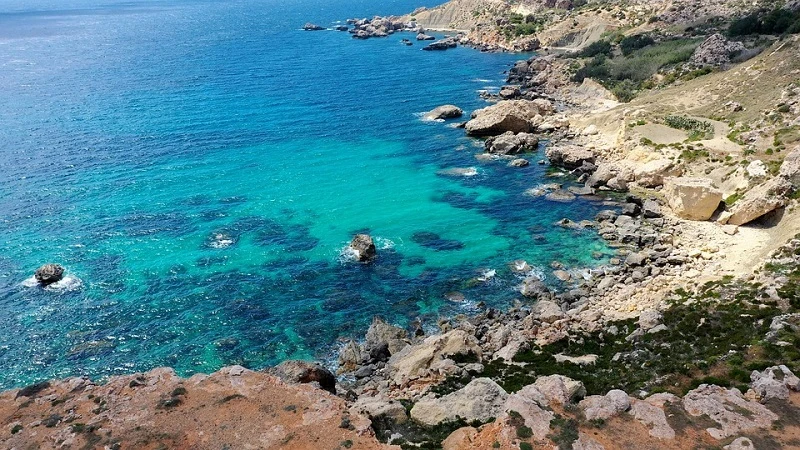
Golden Bay is another well-known beach spot on the Maltese Island. As the name suggests, the sand is gold, and it is a popular beach among visitors. A stunning view of the beach is provided by the cliff on one side and the turquoise waves on the other.
Families frequently gather on the beach in the evenings to see one of the Maltese island’s most breathtaking sunsets. Beach parties and barbecues are also frequently held on the beach. A small portion of this beach is privately run by a five-star resort, which provides all the services and opulent amenities, including public transportation.
Hagar Qim Temples
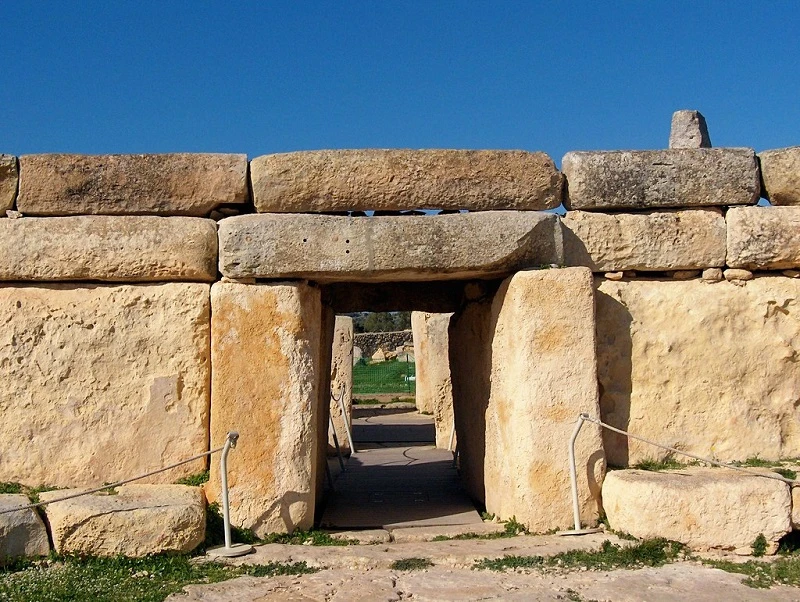
The temple of Hagar Qim was initially discovered in 1839 and dates from 3600 BC to 3200 BC. On top of the hill, the temple offers a panoramic view of the azure water and serves as Filfla’s islet. Large, impressive stones may be seen across the bay from the temples.
The Maltese temples today use a stone that is larger in size and weighs about seven tonnes. From above, this temple appears to be the size of a large paw.
The temple is filled with several little stone altars that resemble mushrooms. The authentic altars were removed and transferred to the Museum of Archaeology in Valletta, where they were replaced with replicas that may now be seen at Hagar Qim.
Numerous important relics from the temple have been recovered, including the exquisitely carved pillar altar, table altars, and various standing and seated sculptures that are now on show at the National Museum in Valletta.
Conclusion
To sum up your vacation to these great locations in Malta, you can say that the country is a wonderful destination for culture, sun, sea, and a variety of tourist attractions throughout the year.
You can capture many man-made and natural wonders for your photo album when sightseeing in Malta. Therefore, stop debating it and prepare for another stamp in your passports if you want to visit to Malta.
